How To Stop Dog From Jumping Fence? (Solutions)
Everyone that has ever had a dog knows that some dogs are born just plain ol’ escape artists. What’s worse, an athletic dog like a Siberian Husky or Australian Shepherd will make short work of your fence.
Some of these guys have been known to sail over a 6-foot fence easily, and the longest leap-and-scramble ever recorded was a whopping 12-feet, almost 4 meters! [See how high you actually need to go with fence height for German Shepherd dogs.
So short of getting a new fence and completely remodeling the yard, what can you do? First, let’s look at what’s causing the behavior.

Why Do Dogs Escape?
Dogs frequently jump fences to escape when they are either new to the house and have not yet settled in, or when they are confronted with a newly fenced-in yard. In these instances, your dog can see the fence as only an impediment on their way to freedom.
Dogs need plenty of room to roam, run, and play, especially for high-energy, active breeds that also tend to be canine athletes. Things get more complex when they constantly attempt to make a run (and jump!) for it.
They may try to hop the fence when:
- They notice something they wish to pursue.
- They notice someone (human or animal) they want to meet.
- They’ve heard something and need to look into it.
- They are bored, worried, or lonely and want to do anything.
- They’re seeking a mate.
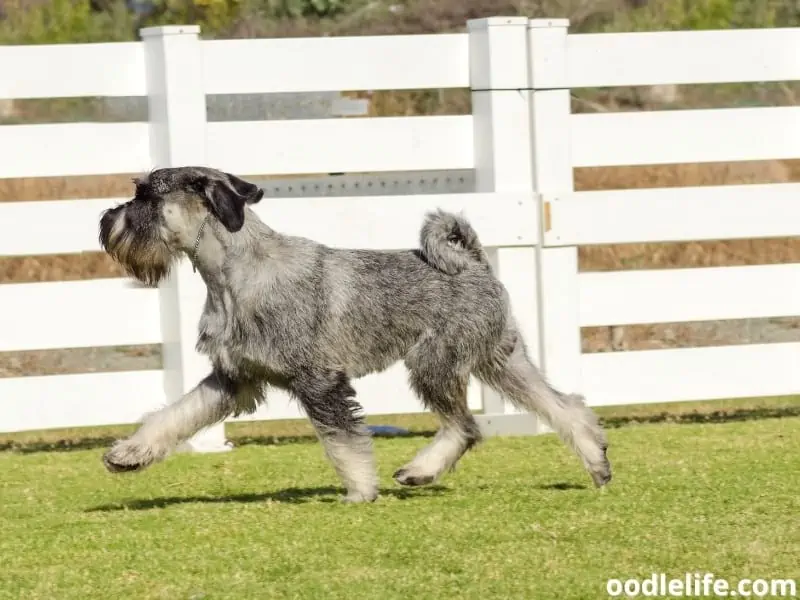
Determine The Cause
Whenever you are seeking to correct any behavior, you’ll first need to identify the cause.
There are various reasons why a dog would try to leap the fence, depending on its breed and temperament.
Boredom
Boredom is the most prevalent explanation. If the dog is bored inside the fence, it will search for entertaining things to do outside of it.
Chewing, digging, excessive barking, and a big mess left inside your house or yard are all signs that your dog has way too much energy and needs more exercise.
If you find your shoes destroyed or trash constantly tipped over, your dog may be attempting to communicate that they don’t have enough to do.

Mating
If your dog isn’t fixed, he or she may attempt to jump the fence in the perpetual search of a mate. If this is a worrying concern, talk to your vet about spay and neuter procedures.

Prey Drive
Some breeds with a high prey drive have natural hunting and chasing tendencies and may jump the fence in pursuit of a squirrel, cat, or some other small animal.
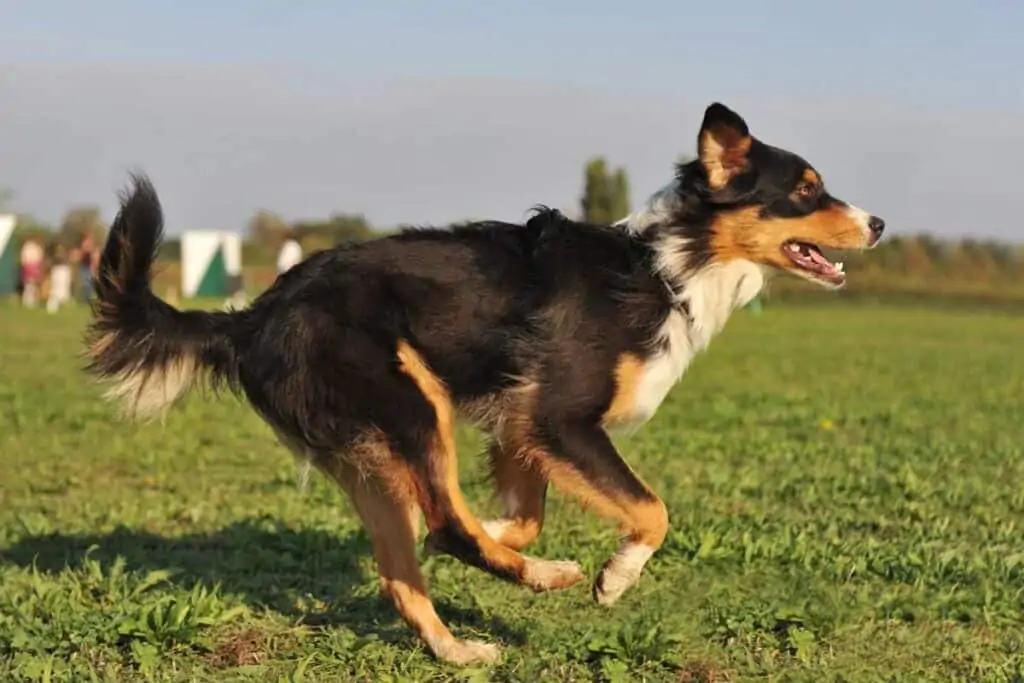
Fear
If your dog gets spooked by something, he or she may jump the fence to escape from the source of that anxiety.

How To Stop Doggy Escape Artists?
Once you’ve identified the cause, then you can rectify the behavior by tacking it as the source. Things like fear can be easily fixed. For example, if your dog is spooked by the lawnmower, you can desensitize him slowly, or simply keep him in another room when you’re at it.
The drive to mate can easily be managed by spaying or neutering your dog. “Fixing” your dog comes with many behavioral benefits, as well as health benefits.
Here are some other things you can do to control your canine high-jumper.
Teach Basic Obedience
You can prevent your dog from climbing if they understand simple commands. Your dog may become overly enthusiastic about something and attempt to leap the fence, but if you catch them, you can use commands like “come” and “stay” to both stop them and praise them for their excellent behavior so they remember it in the future.
- Start with “Come,” which is the simplest command to teach your dog. When your dog approaches you successfully, reward them with praise and treats!
- “Stay” may be more challenging for your dog to learn, but it will come in time. Your dog may be unable to sit still for lengthy periods at first, but with practice and patience, they will be able to do so for longer periods and from greater distances.
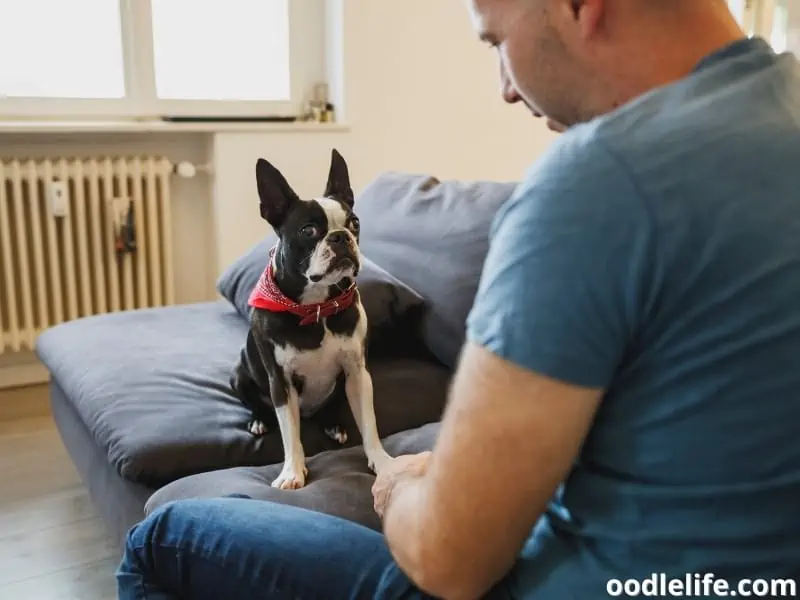
Exercise, Exercise, Exercise!
A tired dog is a happy dog. All dogs need daily exercise, whether it is a lengthy walk, a few short walks, intense playtime, running, swimming, or a trip to the dog park so he and his canine buddies can all run themselves out.
The time and intensity will vary based on your dog’s inherent energy levels, size, fitness level, and age, but the main idea is that a well-exercised dog will not have the pent-up energy that makes him want to run away.
High-energy breeds, such as Border Collies, will require way more activity than low-energy types, such as Pugs or Basset Hounds.
Puppies and young dogs have greater energy, which frequently manifests itself in “zoomies,” or bursts of activity, and require multiple short walks or play sessions throughout the day.
Although older dogs may not have the same high tolerance for activity as younger dogs, daily exercise is still essential for their health.
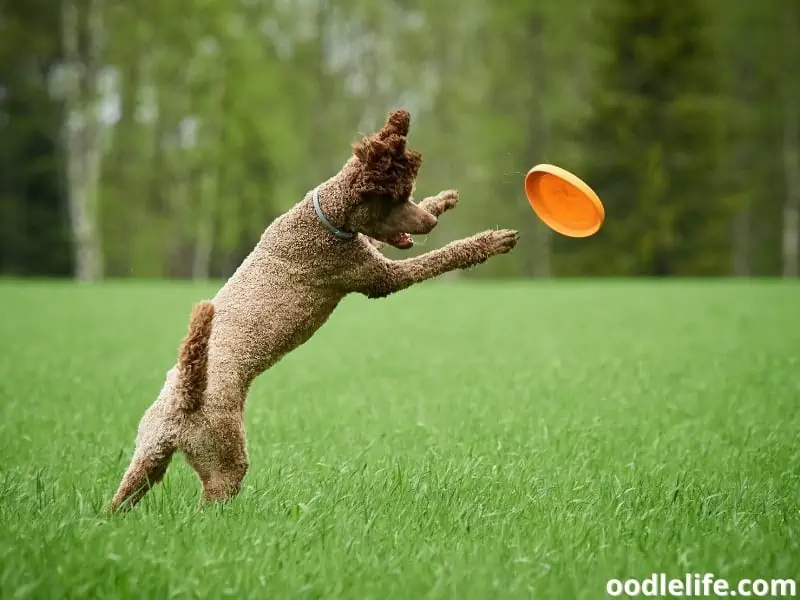
Mental Stimulation
Physical activity and mental stimulation go hand in hand. Dogs require mental stimulation to avoid boredom, which frequently leads to undesired behavior.
Give your pooch some treat-dispensing puzzle toys, teach him new tricks, take him to dog-friendly businesses, play hide-and-seek, and go on a hike.

Sell Your Backyard!
Your dog will not want to escape if the yard is a playground. Make your backyard more appealing to your dog than the world outside the gate! Your dog is less likely to be enticed by the fence if he has much to do at home.
Other suggestions include:
- Make a sandbox for your dog to play in and dig up
- Play with your dog as much as you can in the yard so he associates the yard with you
- Allow your dog lots of time with you to prevent loneliness and boredom

Install Coyote Rollers
Coyote rollers keep coyotes out but keep dogs in just as well. Coyote rollers are simply bars or pipes affixed to the top of a chain fence that rolls when an animal attempts to climb over them, forcing the animal to fall back and making an entry (and escape) impossible. If toys, fragrances, exercise, or further training do not discourage your dog from scaling the fence, try making it more difficult to scale.
You may pay to have specially constructed coyote rollers placed on your chain fence, or you can manufacture your own.
You’ll need a circular PVC pipe and strong rope to create your coyote rollers. Using the rope, “thread” the pipe horizontally along the top of your fence in spots where your dog frequently climbs.
Plant Barriers Along The Fence
Make the most of your landscaping. Trees and shrubs strategically placed might stop your dog from jumping the fence. As an added benefit, fresh hedges might add some flair to your yard!
Planting shrubs within a few feet of the fence, for example, will prevent your dog from making a complete running jump over (or into!) the fence—and, once the dog understands they can’t make the jump, they’ll stop trying.
Choose trees and bushes with dense foliage that will be difficult to travel through and impossible to climb as a deterrent.

Remove Everything That Your Dog Can Use To Climb
Examine your yard for objects that might assist your dog in scaling the barrier. Look for garbage cans, wood heaps, trees, yard decorations, compost piles, and other potential starting points for scaling the fence.
Anything that may provide your dog an edge in their attempt to scale the fence should be removed or transferred to a secure location so that your dog cannot exploit it.

Supervise Yard Time
If you’re there to stop them, your dog won’t jump the fence (hopefully!). The simplest approach to prevent your dog from jumping the fence is to be there and supervise their outside time, and to bring them inside when you can’t keep an eye on them at all times.
Your dog will be significantly more focused on spending time with you, and you will be able to spend quality time with your canine best friend as a result.
Overall, if you make your yard a place of pleasure and excitement for your dog and spend more time there yourself, he will choose to stay put rather than try to jump away.
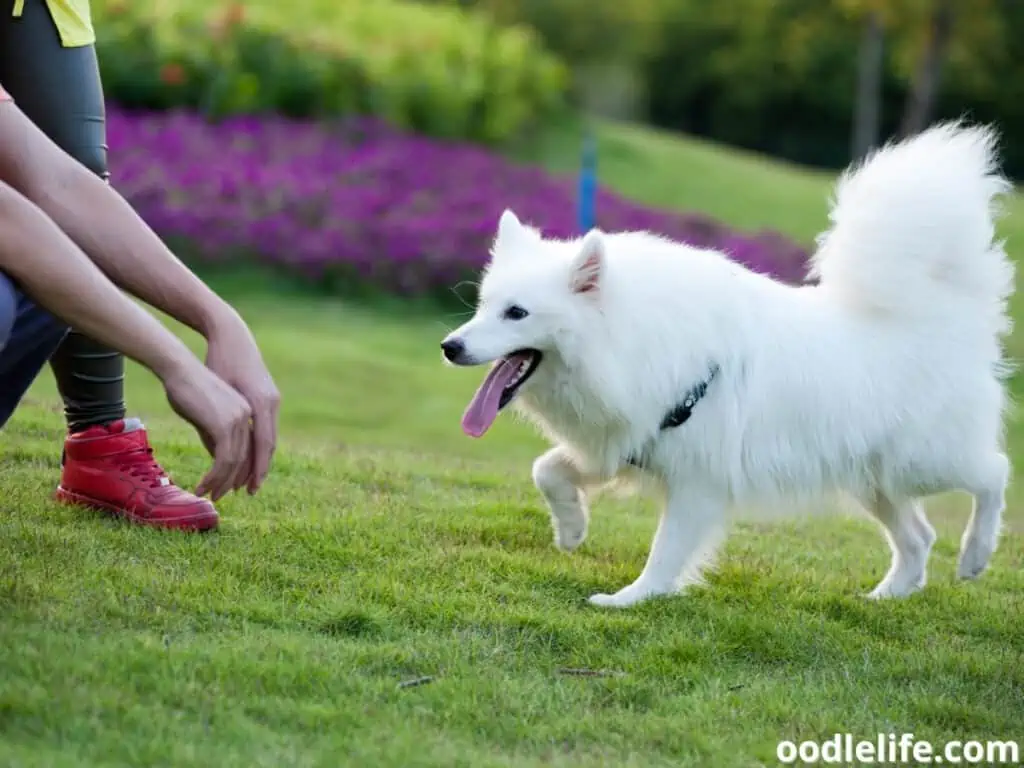
Tag Your Dog
However valiant your efforts, your dog might still get out. Make sure your dog is chipped, has an ID tag, and consider getting a GPS tracking gadget for your dog’s collar so you can tell where they are exactly at all times.
When buying a GPS tracking device, make sure it has a long battery life and a good range. Note that GPS trackers are less effective in remote locations due to their reliance on satellites.
Of course, even with GPS trackers or an excellent fence, a simple microchip is a lifesaver and a really basic and smart investment for your dog. Hands down the best cheap bang for your buck way to get a missing dog back.

Final Thoughts
You can be the best dog parent in the world but your dog still wants to jump the fence and go on a little adventure. While this is natural behavior for many dogs that like exploring, this is also extremely dangerous as they face traffic, wild animals, and other potential threats.
By tweaking your lifestyle (and yard!) a little, you can keep your dog safely in. Good luck!